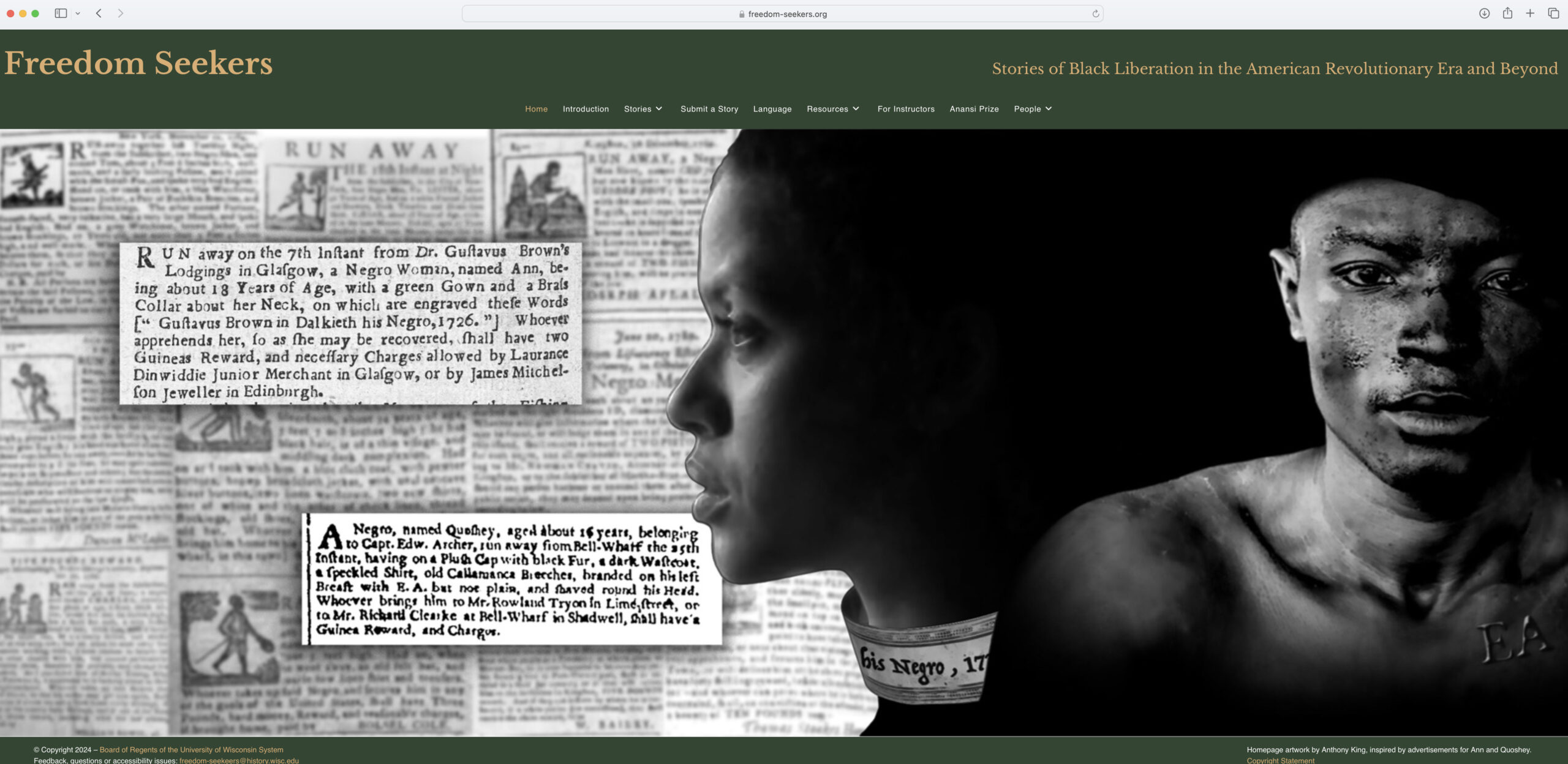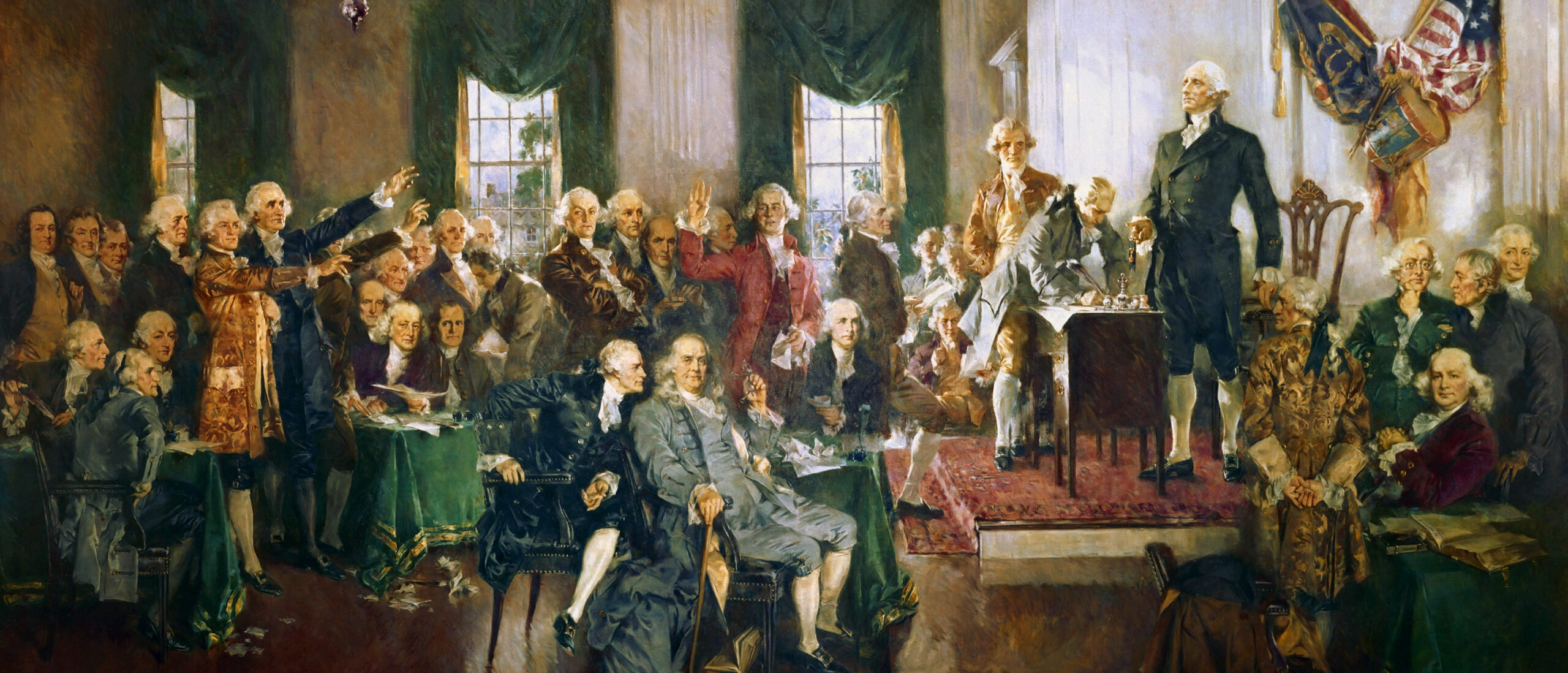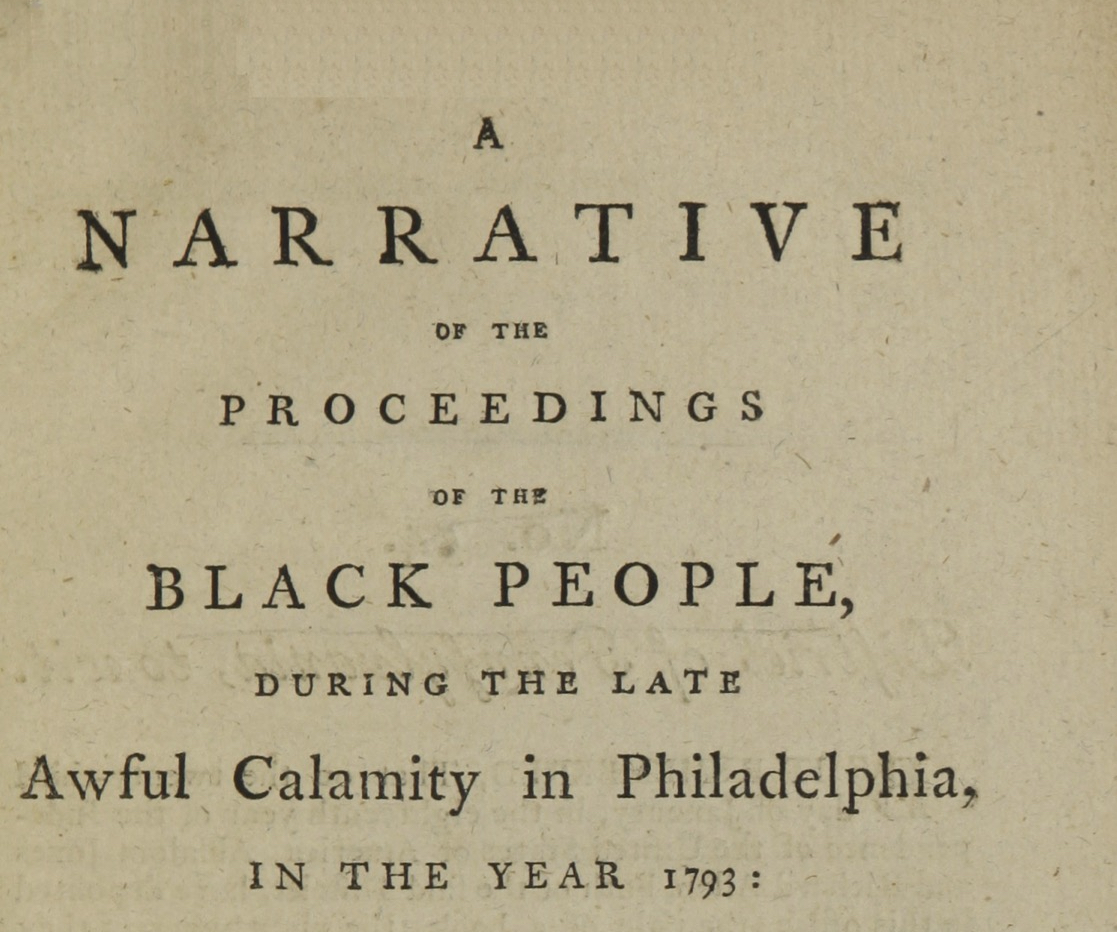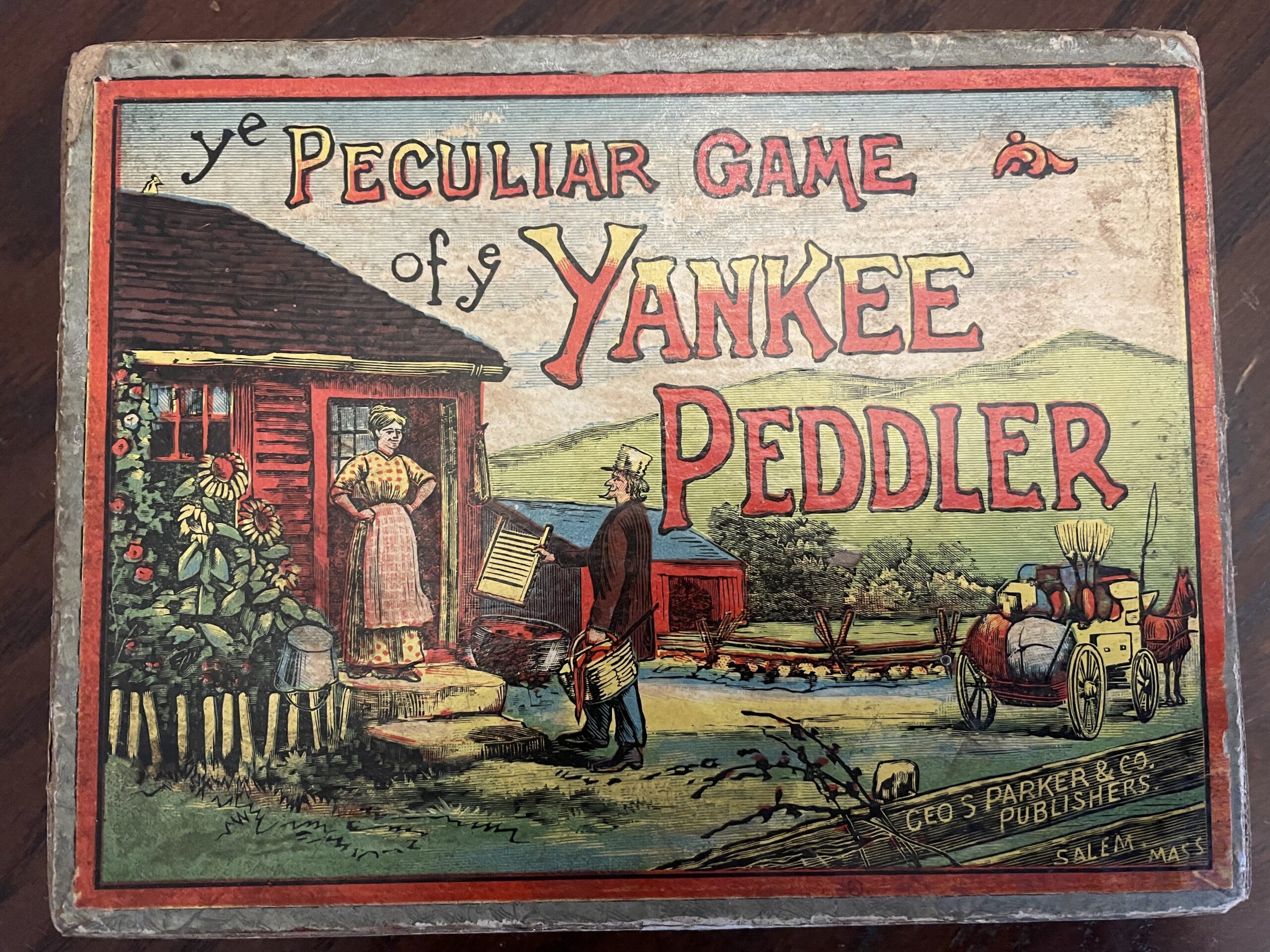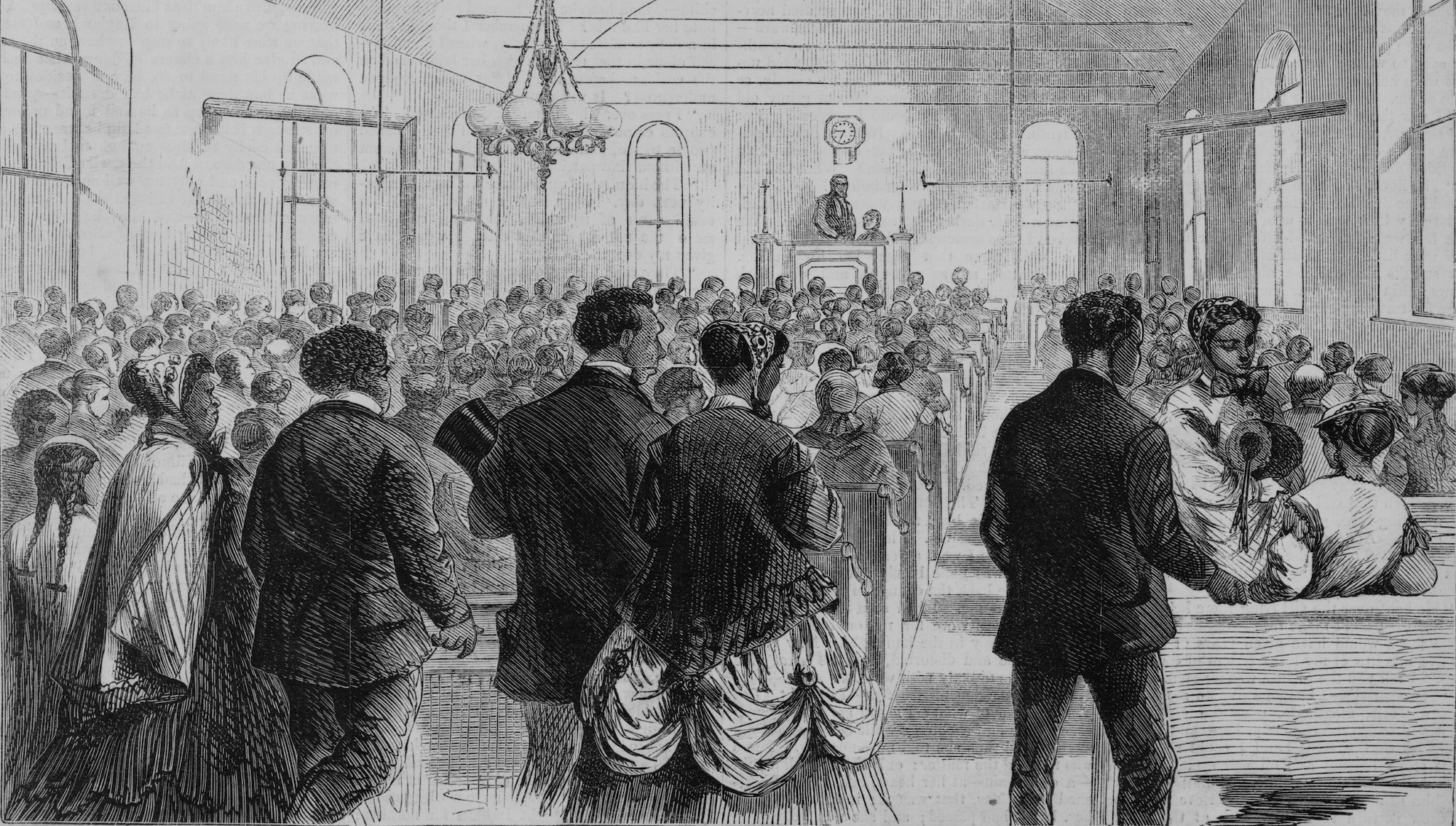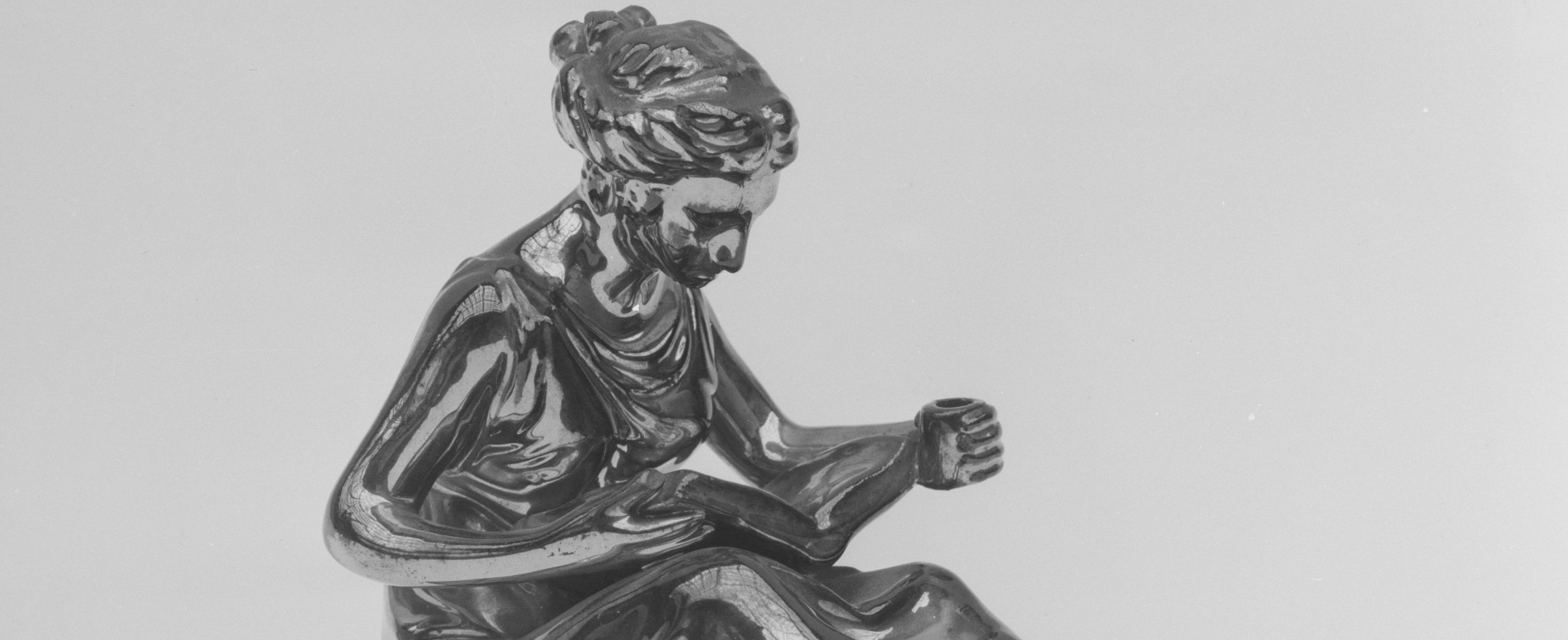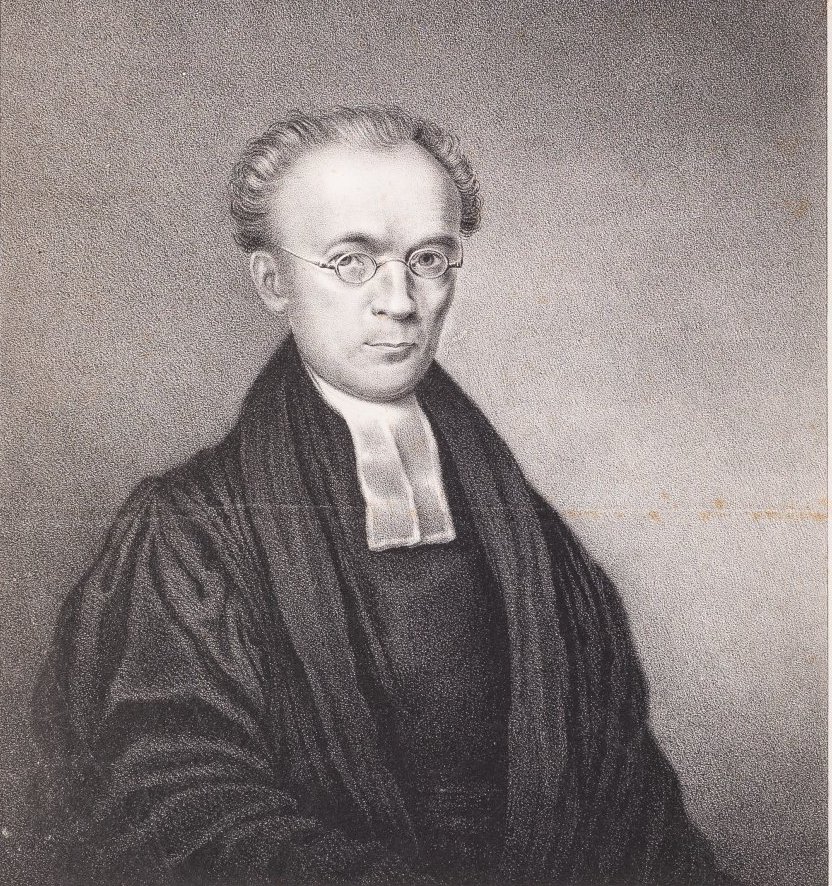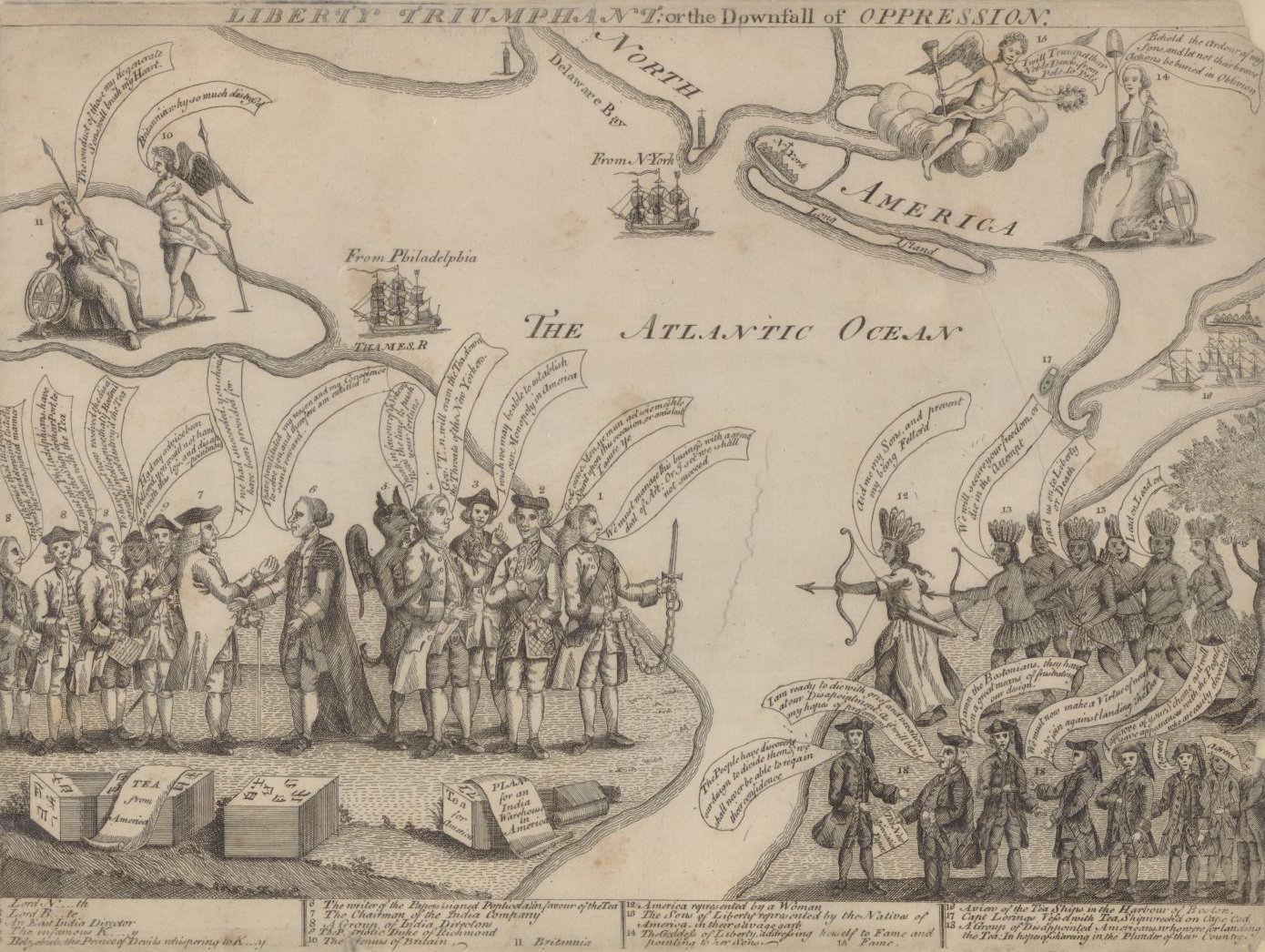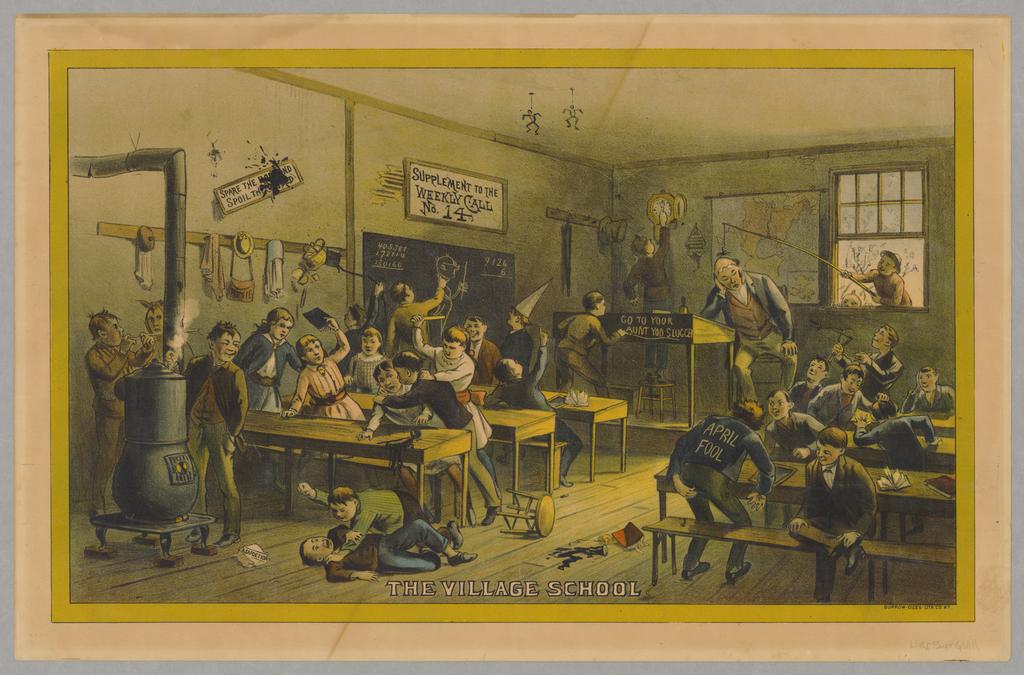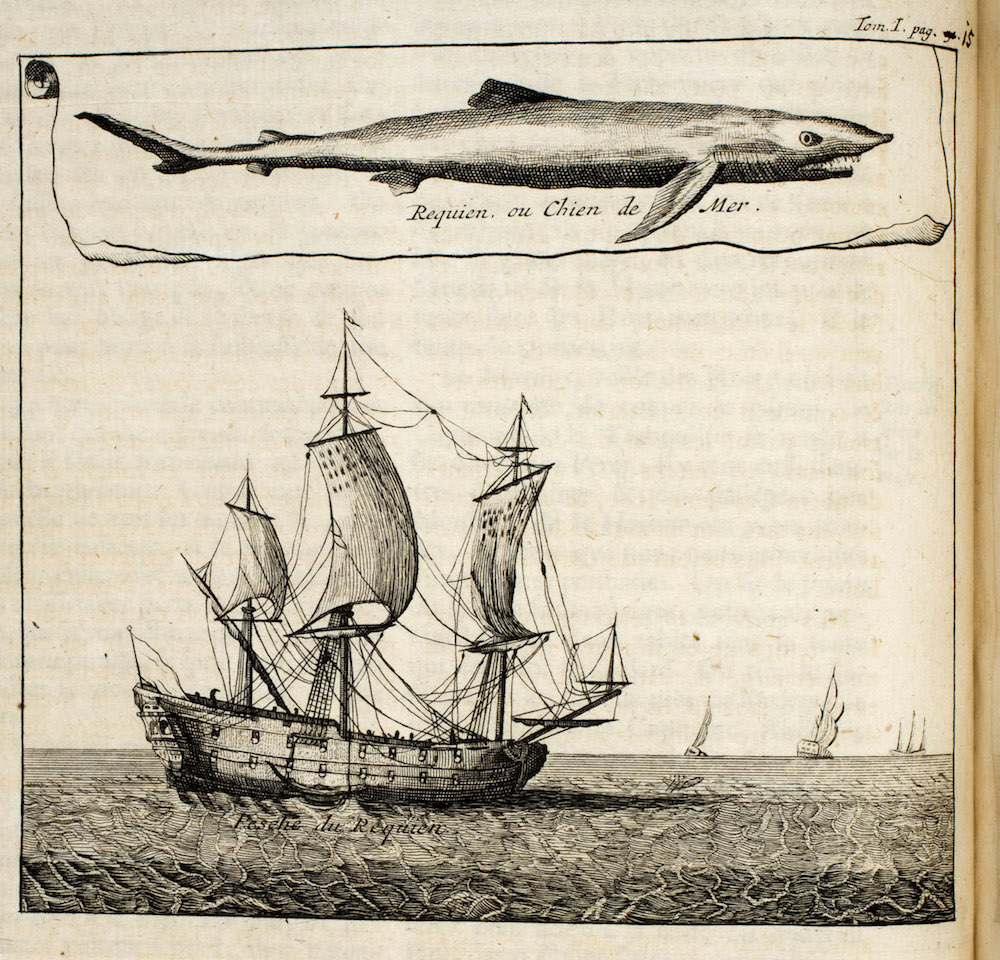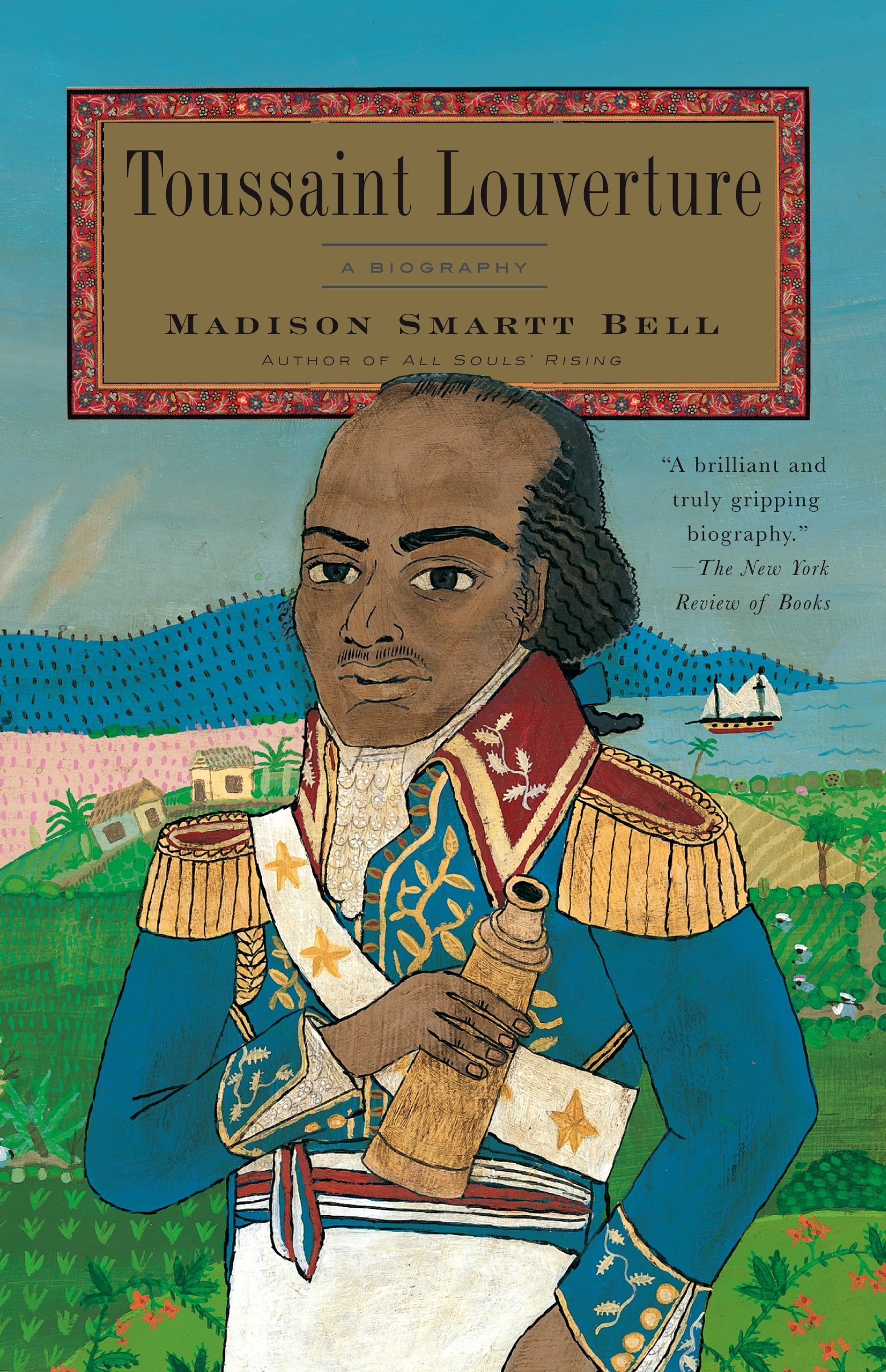It is embarrassing to recall how belatedly and almost accidentally I became interested in the history of slavery. I was born and raised in Minnesota when hardly any black people were living there, and though I grew up with a strongly liberal set of values and was outraged when I encountered segregated toilets and drinking fountains in Virginia and appalled when I found myself riding on a Jim Crow bus in Tennessee, I deliberately chose to study the romantically remote subject of seventeenth-century English history in college and graduate school. No courses were offered on the history of American slavery at Harvard in the late 1940s or at Princeton in the early 1950s, and if such courses had been offered I wouldn’t have taken them. In fact I didn’t take anycourses in American history when I was an undergraduate.
Eventually I drifted into American colonial history because I liked to work with Frank Craven, who taught at Princeton and was a specialist in the history of the seventeenth-century southern colonies. But at first I didn’t pick up on Craven’s strong interest in early American race relations. Instead I wrote my Princeton dissertation (1955) and my first book (1962) on the Winthrop family in seventeenth-century New England. And when I’d finished with the Winthrops, I chose to study the political relations between the Crown and the American colonies during the period 1675-1700 for my second project. So I spent a year in England at the Public Record Office surveying the Colonial Office records for both the mainland and island colonies, with the aim of writing a book that would be all about Anglo-American politics in the era of the Glorious Revolution, and not in the least about slavery.
I never did write my Glorious Revolution book, though nearly forty years later I returned to the subject in a chapter for the first volume of The Oxford History of the British Empire (New York,1998). Instead my research at the PRO in the early 1960s, combined with the rise of the Civil Rights movement in the United States, led me onto a new path: an inquiry into the social development of the slave-based English Caribbean colonies–Barbados, Jamaica, and the Leeward Islands–during the course of the seventeenth century. The sparse secondary literature told me almost nothing about how African slavery got started in the English Caribbean, so I wanted to learn more about the beginnings of the forced labor system in these colonies. And I became increasingly vexed by the formulaic dispatches that I found in the Colonial Office records from English officials in the Caribbean which concealed a lot more than they revealed about the emergence of a hugely profitable sugar industry powered by slave laborers in the islands. So I searched for alternate ways to find out what life was really like in the early sugar colonies.
When I came across the PRO’s manuscript Barbados census of 1680–a far more detailed and probing set of documents than any mainland census for the colonial period–I saw at once that here was the evidence I needed to analyze the social structure of this booming sugar colony. While the census didn’t tell me much about the slaves, it told me a lot about their masters. I found comprehensive lists of all the property holders in Barbados which showed that 175 big planters held more than half of the land and more than half of the thirty-nine thousand slaves. When I correlated these lists with a detailed map of the island (published in 1674) I could see that these big planters had also acquired the best acreage in Barbados for sugar cultivation. And when I surveyed the lists of office holders in the census, I discovered that the most prestigious and powerful posts were all occupied by the biggest planters. So I published an article on the Barbados census in the William and Mary Quarterly in 1969, and set to work on my bookSugar and Slaves, which came out in 1972.
The central theme of Sugar and Slaves is the rise of the big slave-owning sugar planters who completely dominated their island societies by the late seventeenth century. In writing about these people I was greatly influenced by the books and articles that were just beginning to appear around 1970 on social life in early New England: particularly A Little Commonwealth (New York, 1970) by John Demos and Four Generations (Ithaca, N.Y., 1970) by Philip Greven. When I asked the questions that Demos and Greven asked–questions about lifestyle and personal values and family relationships–I got almost antithetical answers, and hence I concluded that the Caribbean and New England planters were polar opposites who represented the outer limits of English social expression. And the biggest difference between the two social systems was slavery.
While I devoted considerable space to the early Caribbean slave system in my book, I saw that there was vastly more that could be done. So after I published Sugar and Slaves I decided to write a companion “history from below,” an examination of slave life in the Caribbean. But I was by no means the only historian with this ambition. In the 1970s a number of excellent books, using the same kinds of sources and responding to the same social movements in contemporary American society, began to open up the study of slave life in the British West Indies. The new literature on slave life in the thirteen mainland British colonies and in the antebellum South was even larger and livelier. Did I really have anything fresh to contribute?
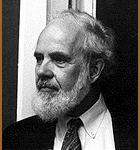
I thought that I did. I wanted to compare two plantations with exceptionally full slave records–one in the Caribbean and the other on the mainland–in order to explore why the birth rate was so much lower and the death rate so much higher in the Caribbean than in the U.S. South, and what consequences this demographic difference had for the slaves who lived in the two regions. In the Bodleian Library at Oxford I found a voluminous set of records for Mesopotamia Estate in Jamaica (a plantation with nearly two recorded deaths for every birth) that enabled me to reconstruct the individual biographies of the 1,103 slaves who lived there between 1762 and 1833. Soon after, while researching in the Virginia Historical Society, I found an equally voluminous set of records for Mount Airy Plantation in Virginia (a plantation with nearly two recorded births for every death) that enabled me to reconstruct the lives of the 979 slaves who lived there between 1808 and 1865–and to follow 262 of them when they were sent to work on new cotton plantations in Alabama. For the past twenty-five years, interrupted for long periods of time by two big editorial projects–The Papers of William Penn in the 1980s and The Journal of John Winthrop in the 1990s–I have been working on my comparative study of Mesopotamia and Mount Airy.
My book, which I expect to publish in a couple of years, will be called The Peoples of Mesopotamia and Mount Airy: Slave Life in Jamaica and Virginia, 1762-1865. One of my two main objectives is to bring these two thousand people to life by punctuating my story wherever appropriate with extended biographical sketches of individual men and women. My second objective is to compare and contrast the two communities by showing that the slaves on both of these plantations were victimized, but in strikingly different ways.
The most startling feature of life at Mesopotamia was that nearly half the women were childless while those who bore children had small families. Almost all of the young females of prime childbearing age were forced into extraordinarily strenuous field labor, which contributed greatly to the numerous miscarriages and stillbirths on this estate. The owners of Mesopotamia were constantly importing new young slaves from Africa in the hope of sustaining a vigorous work force. But since many of the imported slaves died quickly after arrival, and since there were never many young estate-born slaves, the Mesopotamia population always contained a surprisingly large proportion of middle-aged and elderly people who had managed to survive years of brutal sugar labor but had become too feeble to do much work, or any work at all. Thus, whether judged on either economic or social terms, the Mesopotamia labor system was distressingly dysfunctional.
The situation at Mount Airy was almost the reverse. Here the slave women worked less hard, had a more nutritious diet, and were less exposed to debilitating disease–and they produced much larger families. A field hand named Sally, for example, had thirteen children, forty-two traceable grandchildren, and twenty-four traceable great-grandchildren. But there was a high price for fecundity. The owners of Mount Airy had more slaves than they needed, so they were constantly moving surplus laborers–especially early teenaged boys–to new work sites, and breaking up families in the process. Or they sold unwanted slaves–especially early teenaged girls–to new owners, which was even more destructive of family ties. Between 1833 and 1865 most of the ablest young workers were sent eight hundred miles away from Mount Airy to become cotton hands in Alabama. And this system of forced migration was difficult to challenge. While two dozen Mesopotamia slaves managed to escape from bondage between 1762 and 1833, only two Mount Airy slaves gained their freedom between 1808 and 1861.
When I first began to work on this project, cliometric quantifiers and mathematical modelers were the cutting-edge interpreters of slavery. I am happy to see that the cliometricians are less conspicuous and pugilistic now, and that the field is dominated instead by historians who celebrate slave rebelliousness and who champion the cultural, social, and political creativity of African Americans under duress.
But I have some reservations about the current emphasis upon slave agency. My book will show that while the peoples of Mesopotamia and Mount Airy often tried to resist oppression and sometimes turned into outright rebels, they more commonly chose not to rebel or run away even when they had the chance. I think it important to remember that these men and women were always living in a state of brutal subjugation and that they were given remarkably little opportunity for meaningful individual or collective enterprise. Hence the bottom line of my story is that these two thousand slaves–and all American slaves–were horribly trapped into one of the most degrading and dehumanizing systems ever devised. This is no news. But it should never be forgotten.
This article originally appeared in issue 1.4 (July, 2001).
Common-place asks Richard S. Dunn, professor of history emeritus at the University of Pennsylvania and the author of the classic Sugar and Slaves (Chapel Hill, 1972), how he got interested in writing about slavery more than three decades ago.



